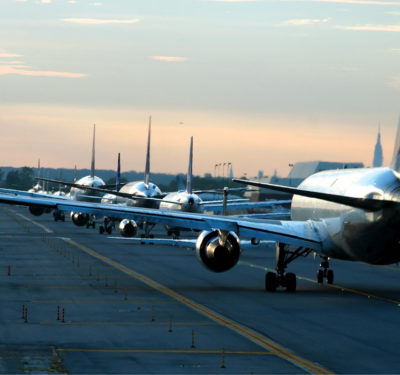
Northrop Grumman Corp., teamed with Shield AI, has been chosen by the U.S. Army to participate in the Future Tactical Unmanned Aircraft System (FTUAS) competition, Increment 2, to replace the long-serving RQ-7B Shadow tactical unmanned aerial system.
Under a seven-week base period contract, the Northrop Grumman-led team will define the modular open-system architecture of an enhanced V-BAT aircraft, including the integration of advanced surveillance and electronic warfare (EW) payloads. The V-BAT UAS is an innovative, agile, compact and lightweight platform that a combat team of two soldiers can rapidly launch and recover in challenging and on-the-move environments.
“Our team’s enhanced V-BAT embodies more than 30 years of experience designing, delivering and sustaining advanced unmanned aircraft systems, combined with a field-proven platform and production facilities,” said Angela Johns, vice president, autonomous and tactical air systems, Northrop Grumman. “We bring a unique perspective and capabilities to this critical Army mission.”
Northrop Grumman is teamed with Shield AI, designer and manufacturer of the V-BAT platform, to provide best-in-class solutions for an expeditionary vertical takeoff and landing (VTOL) UAS, capable of persistent aerial reconnaissance for U.S. Army Brigade Combat Teams, Special Forces and Ranger battalions. As a Future Vertical Lift program, the FTUAS is the Army’s premier VTOL unmanned aircraft modernization effort.
Earlier versions of the V-BAT have supported operations for the U.S. Navy and Marine Corps since 2016. The new enhanced V-BAT is simple to operate, has increased power, a reduced logistics tail and capacity to carry a range of interchangeable payloads, including electro-optical/infra-red, synthetic aperture radar and EW systems, offering long-term adaptability and life cycle management.






